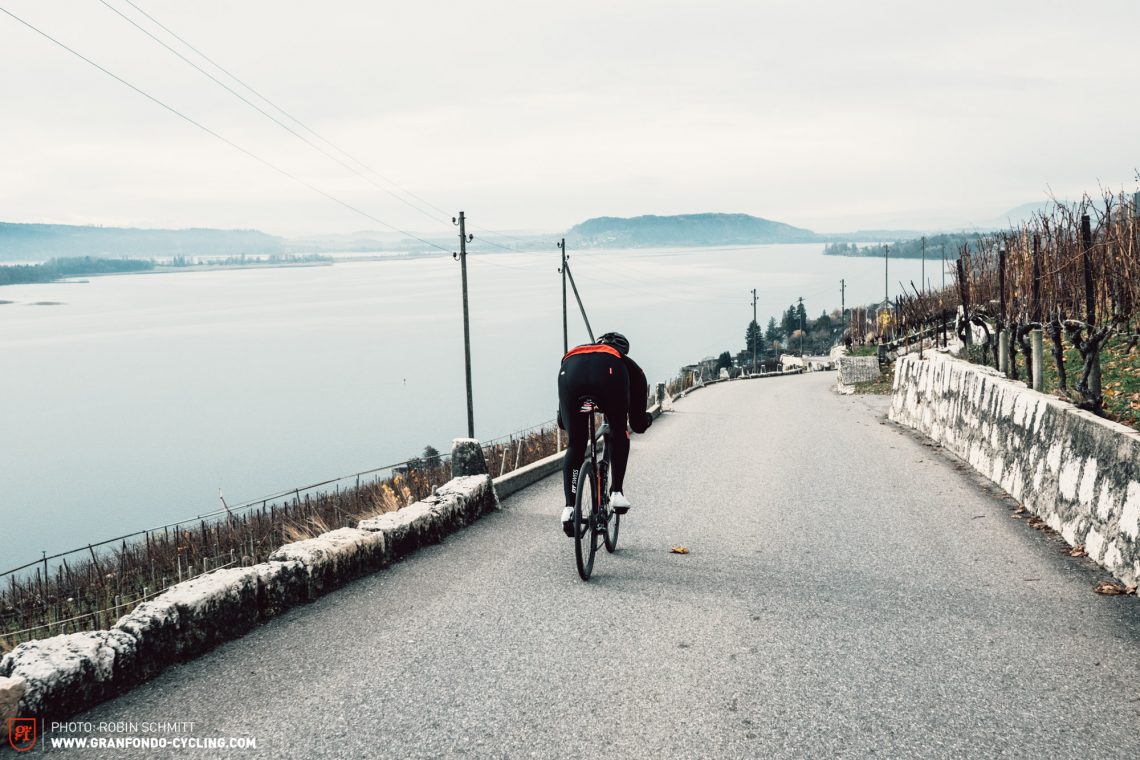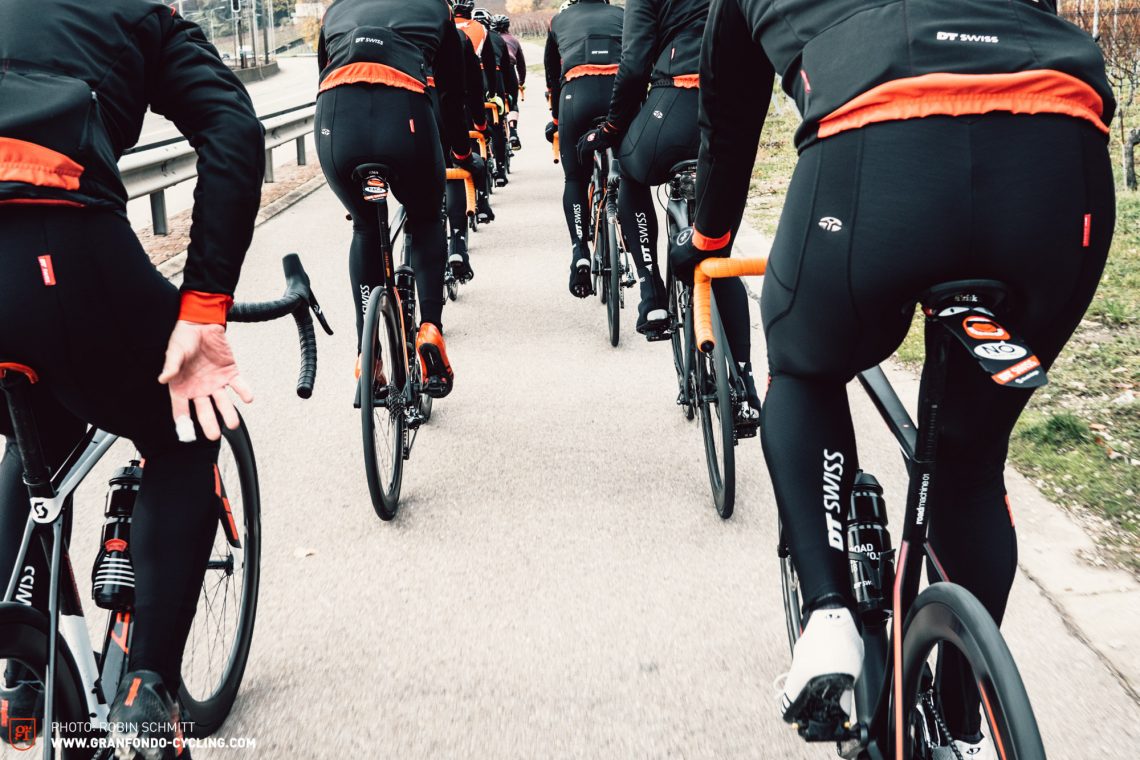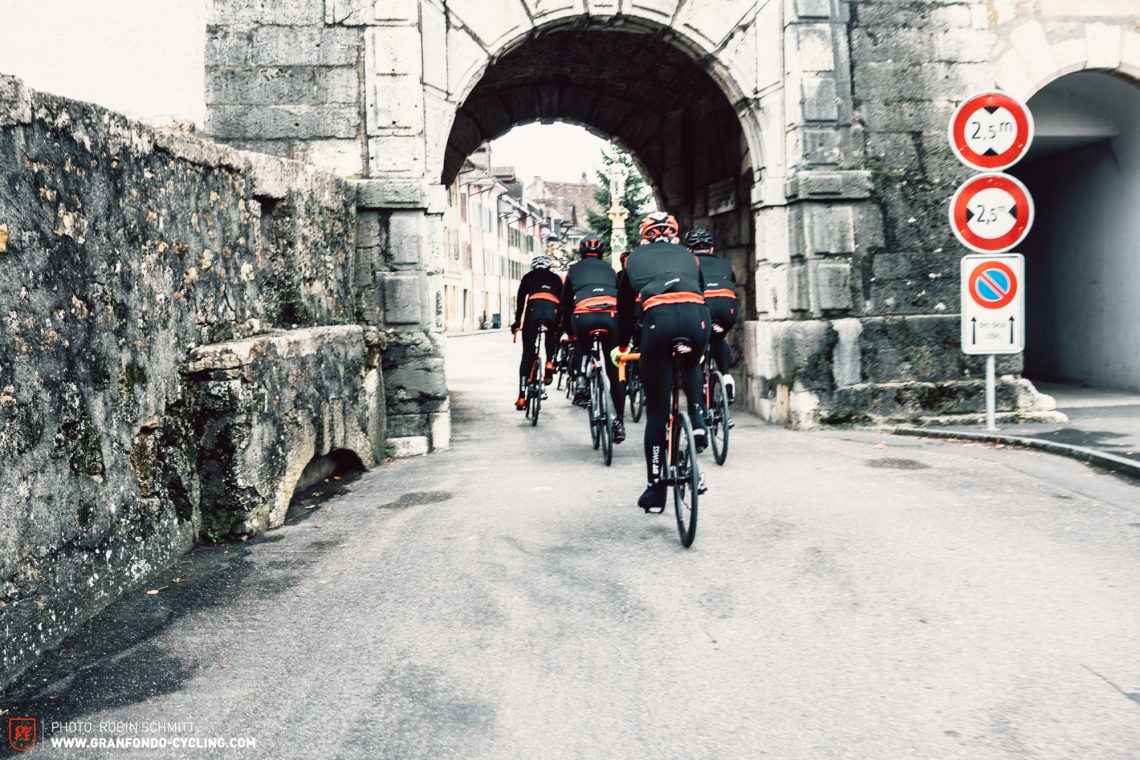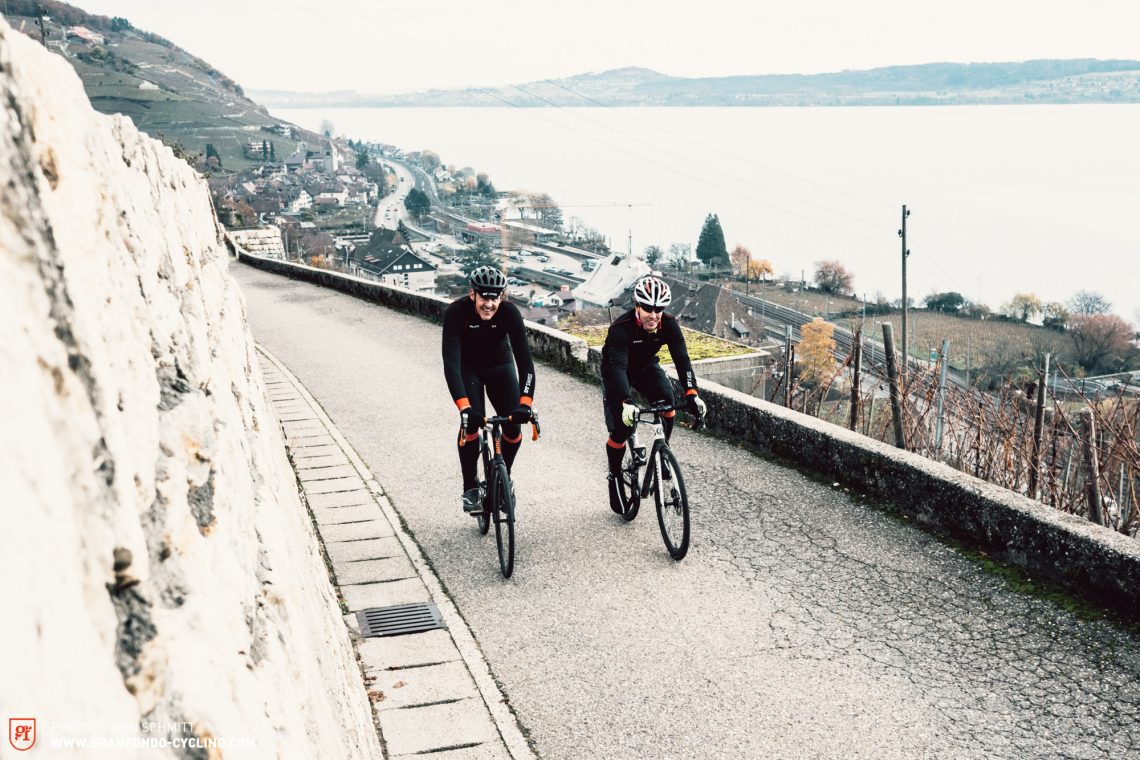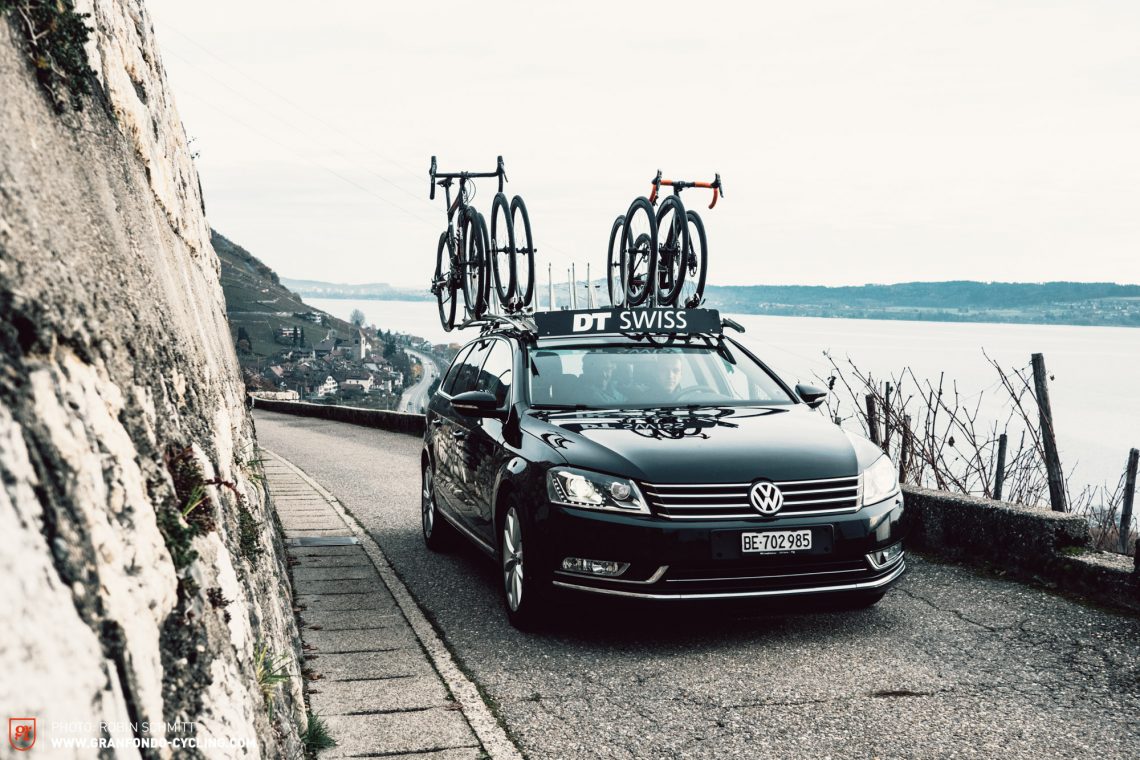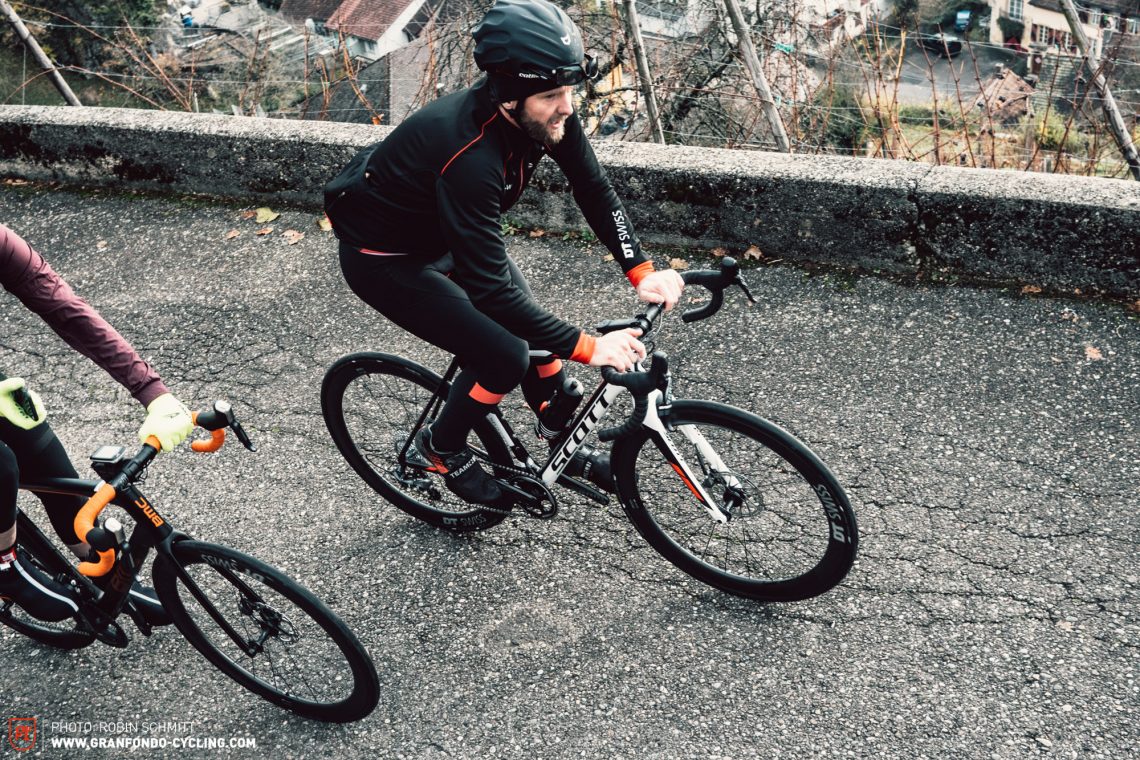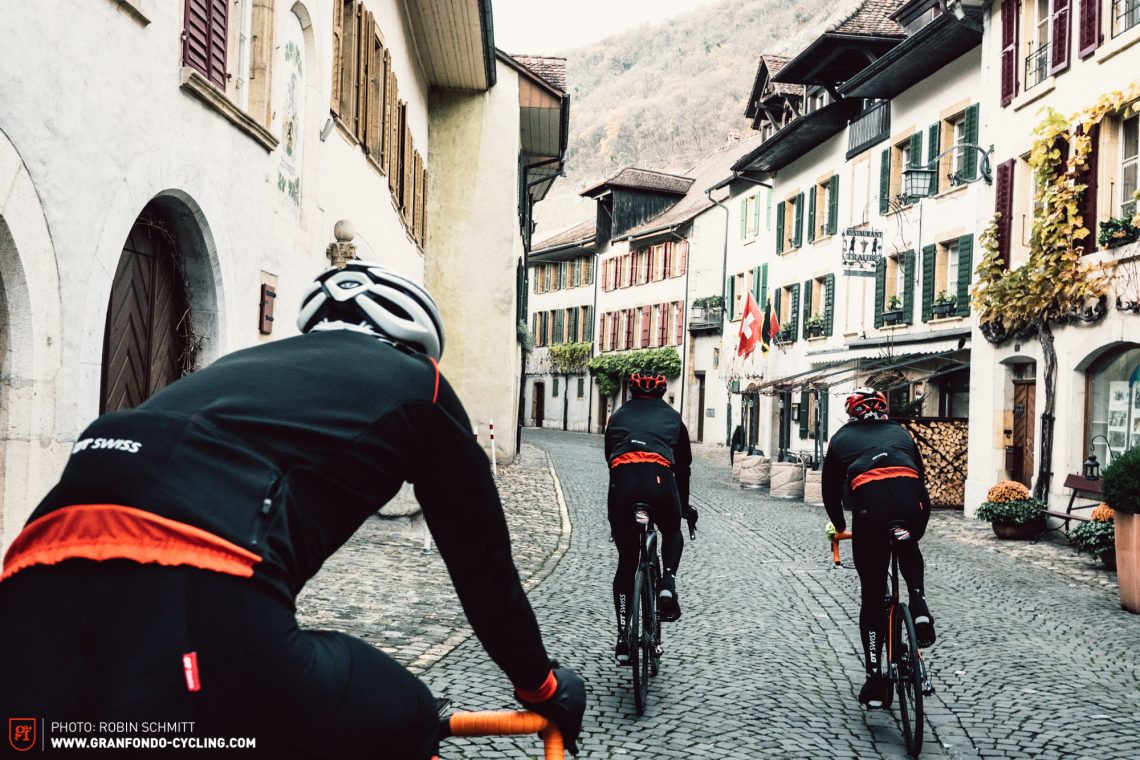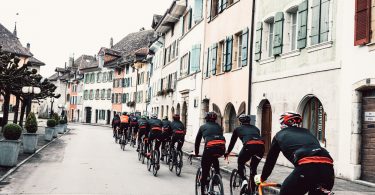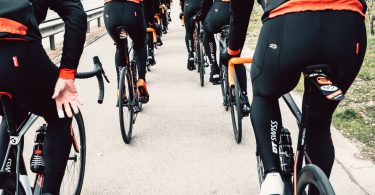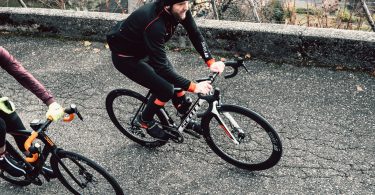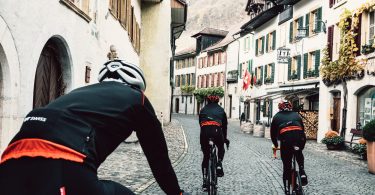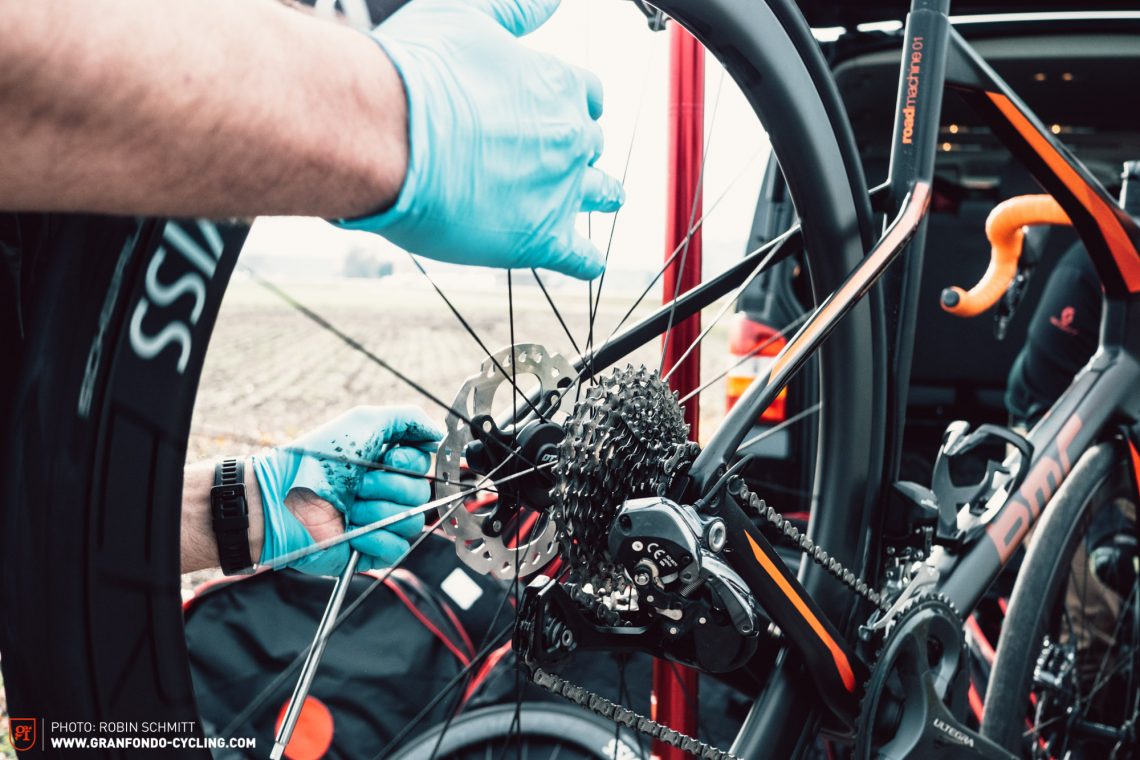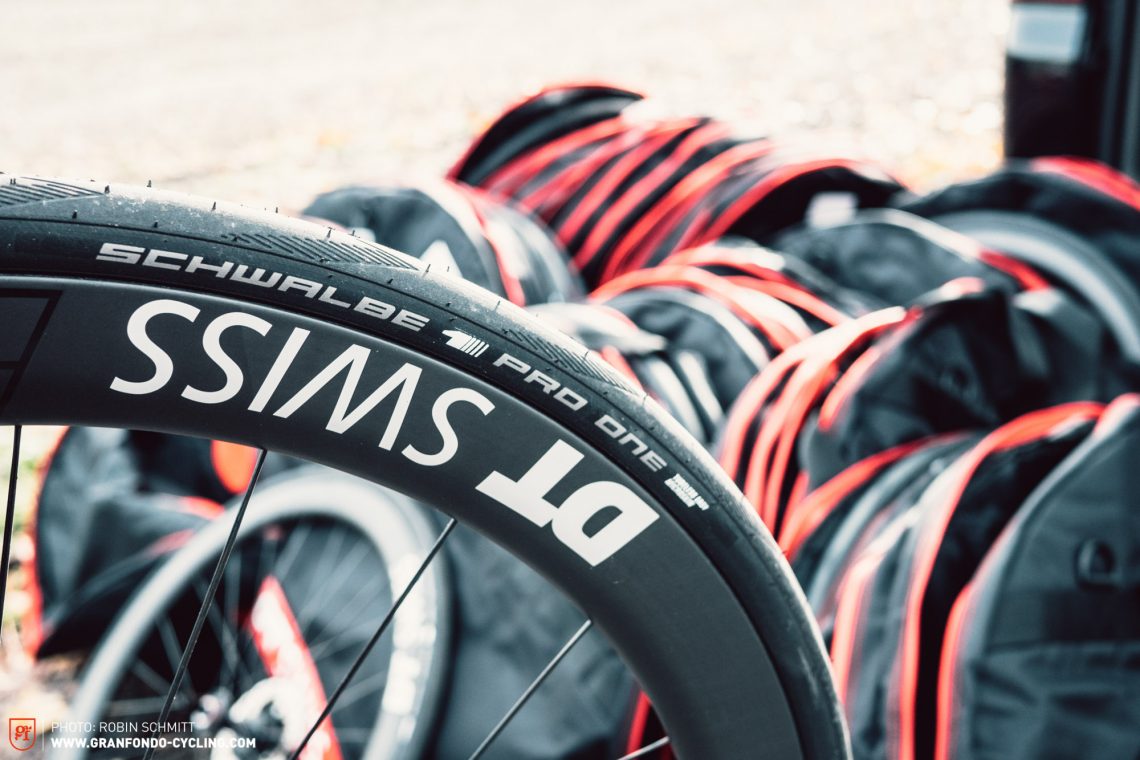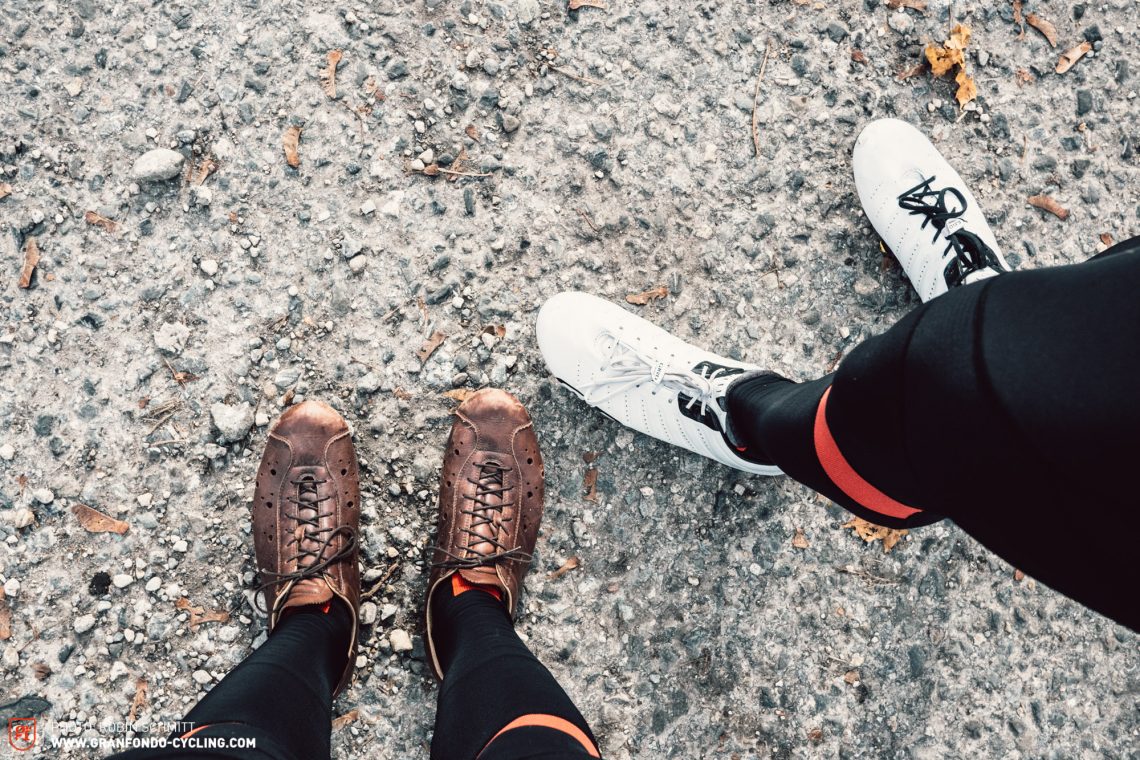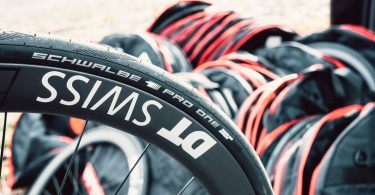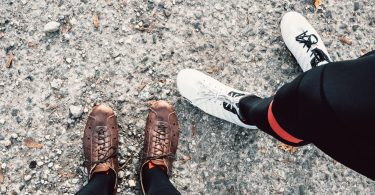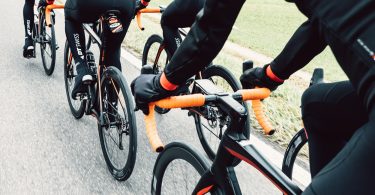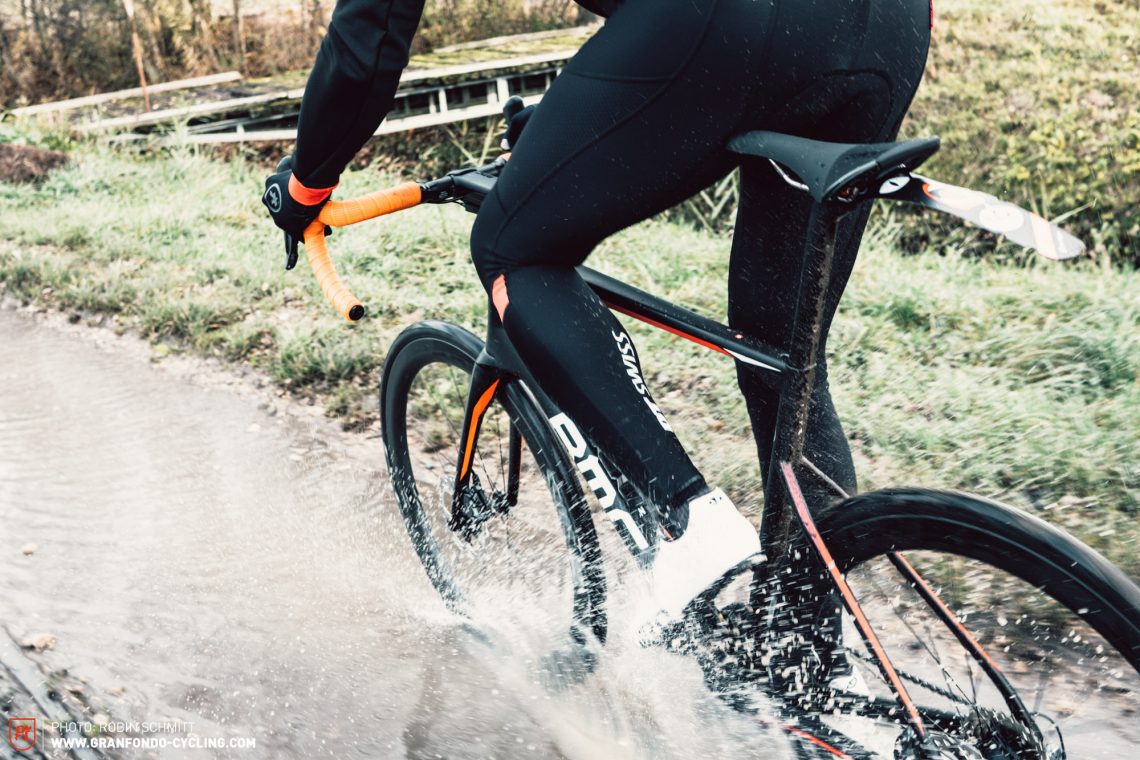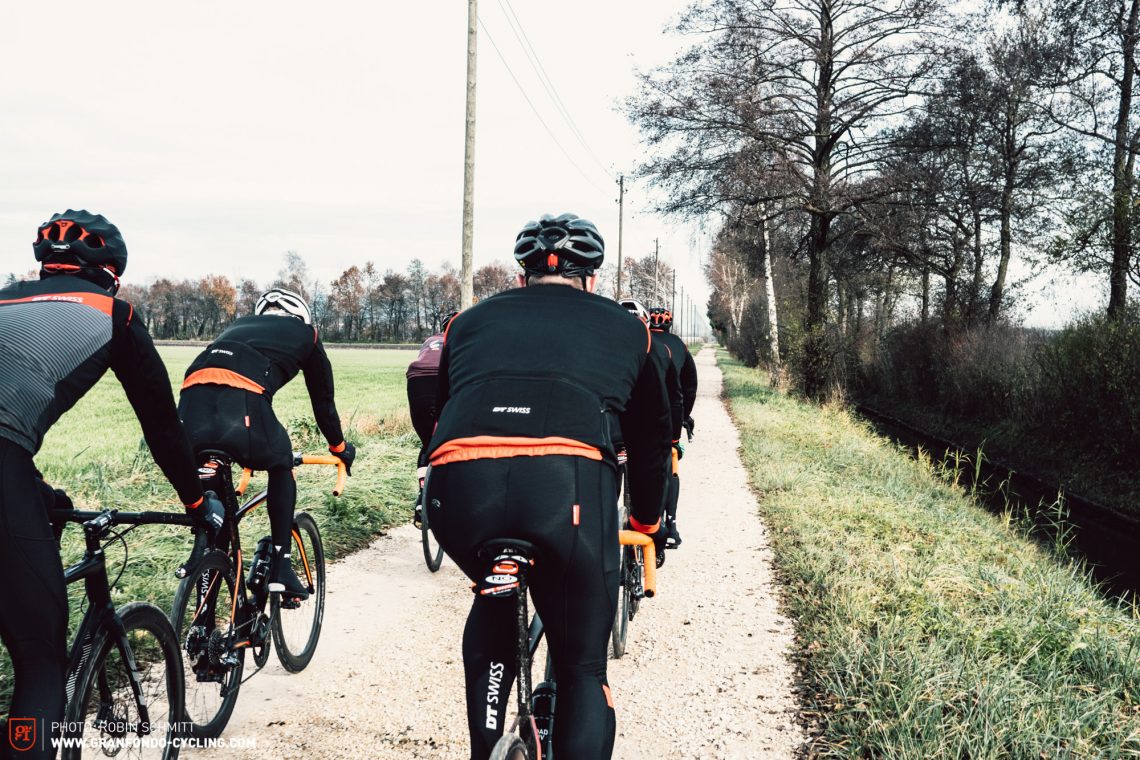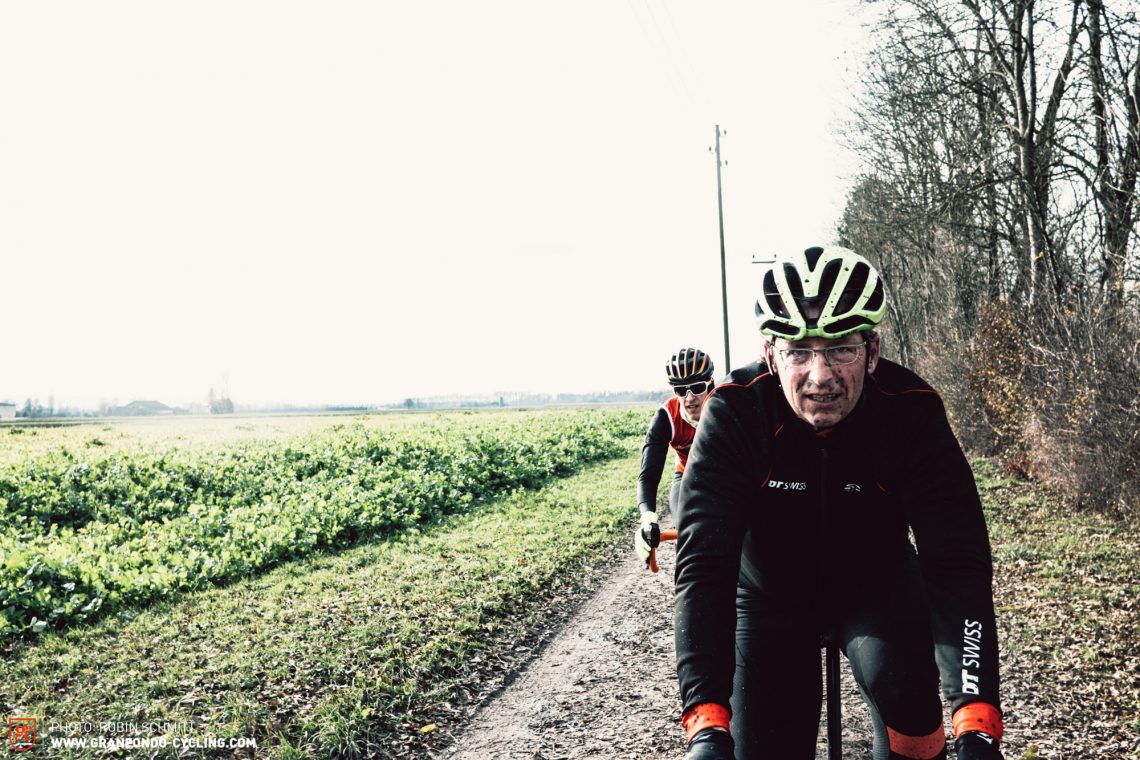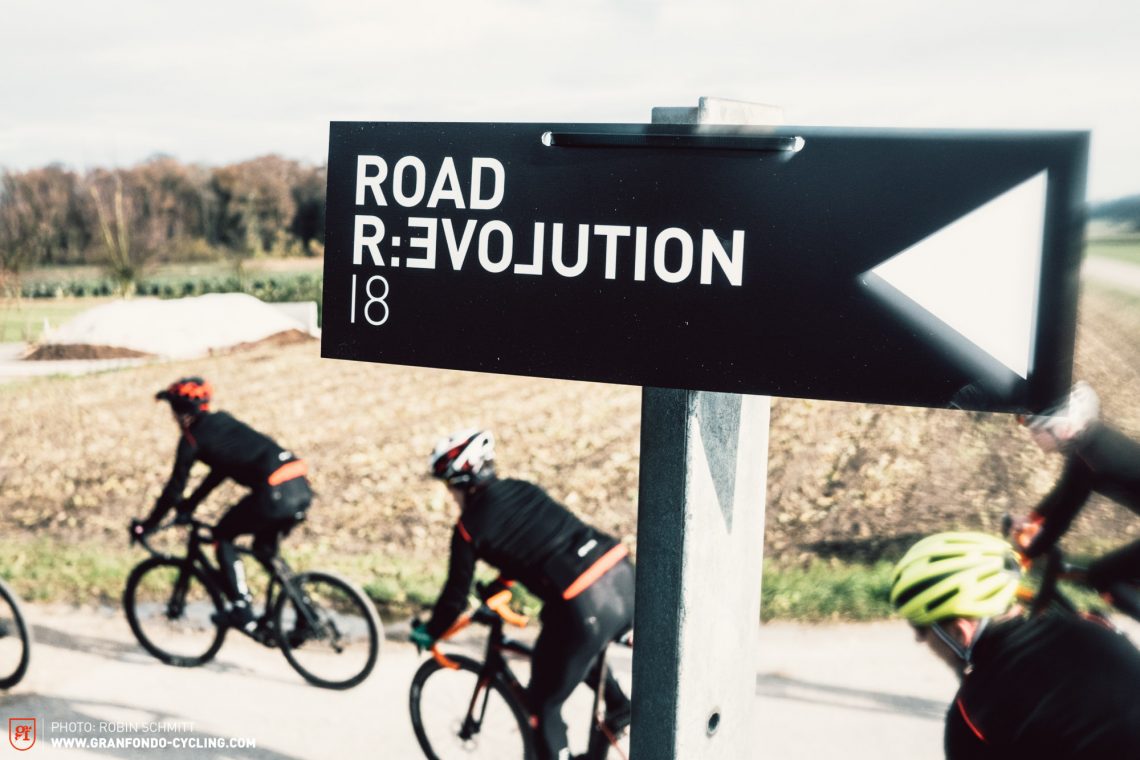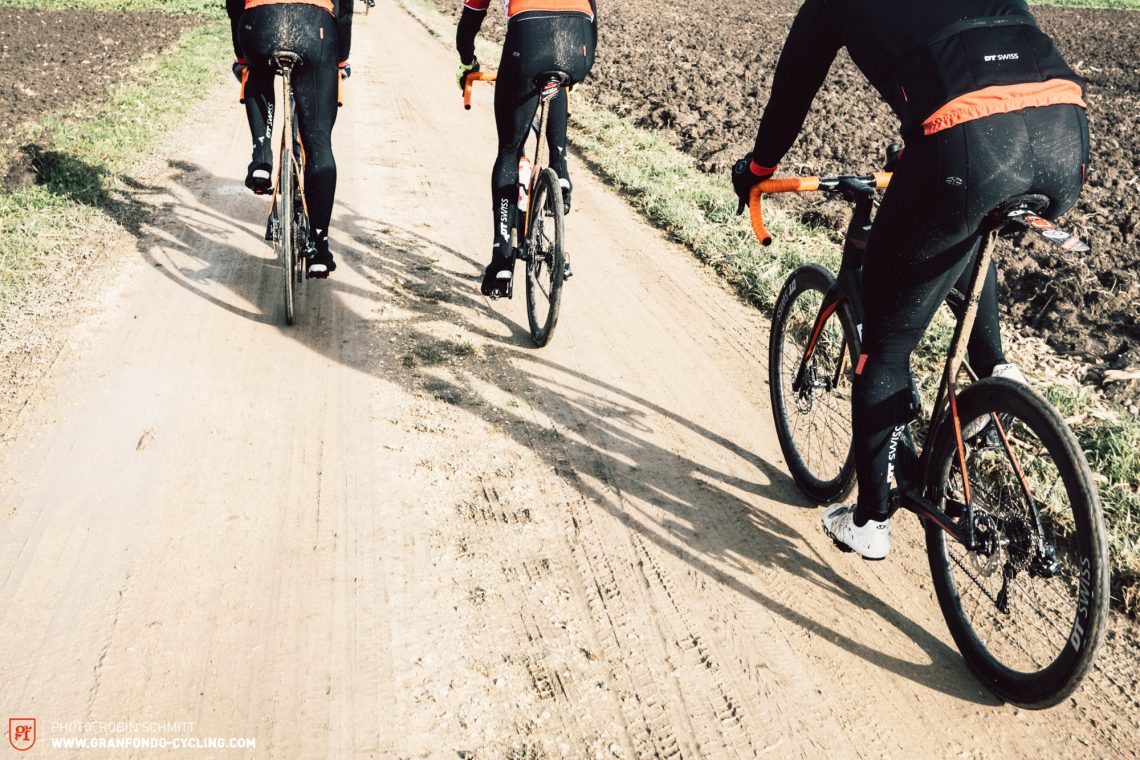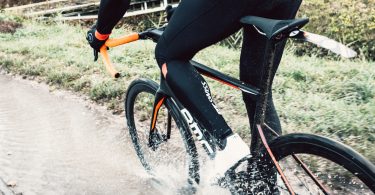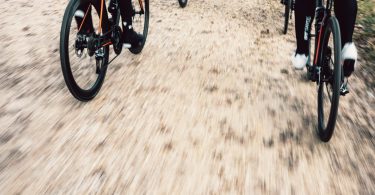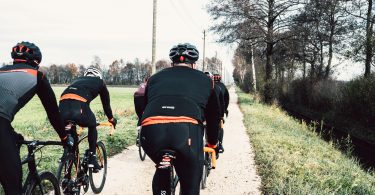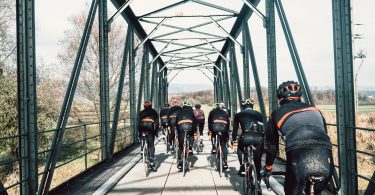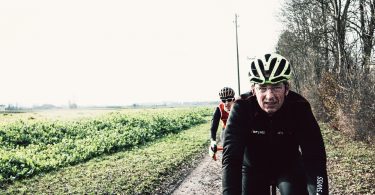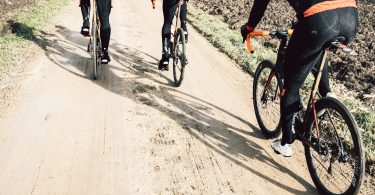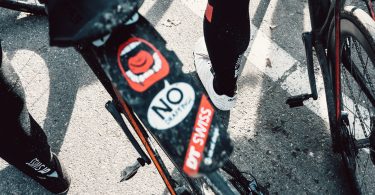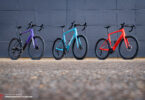The ERC 1100 DICUT aren’t just a new wheel from DT Swiss, they’re ‘a new concept and a new way to see the road.’ But what sets them apart and are they really destined to become the wheelset for long-distance riding? We took up DT Swiss’ invitation to visit them in Biel and put the DT SWISS ERC 1100 DICUT through their paces. Before the official launch we’ve had the chance to exclusively ride the first prototypes of the DT SWISS ERC 1100 DICUT, so you’ll find a little more background information here.
It’s three in the afternoon and you’ve been riding for four and a half hours. The one bar you brought with you is long gone, your bottle is empty and you were assured it wouldn’t be a long ride. But there’s a shortcut back home, a track that cuts across a field. You take it, half-ignorant and half-choosing to ignore the gravel, the rocks, the filthy mud and the puddles. You roll up to your house with a smug smile. You don’t regret that choice; you knew exactly what your carbon racing wheels would be put through. It had never felt so good. Was this more or less the same scenario that had careered around the mind of the DT Swiss product manager in picture-perfect Biel? Once just an idea, today a reality on the market: the DT Swiss ERC 1100 DICUT. It’s an endurance disc brake wheel that’s undergone some serious aerodynamic research before hitting the market.
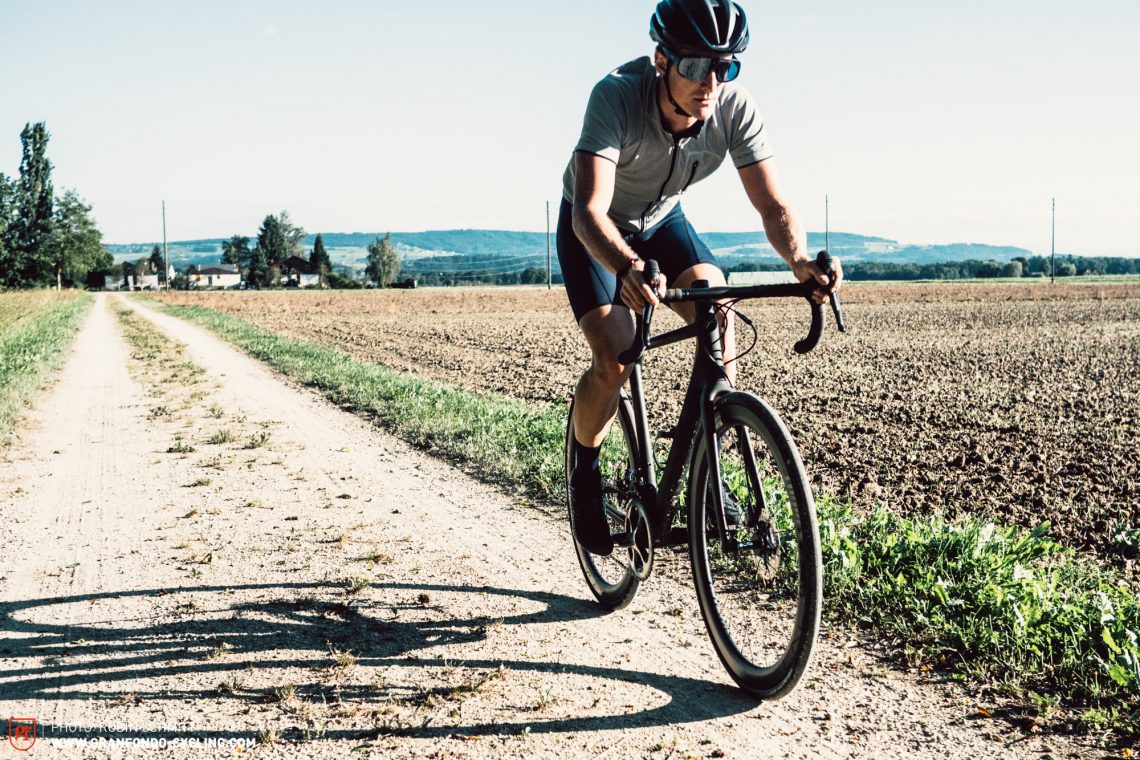
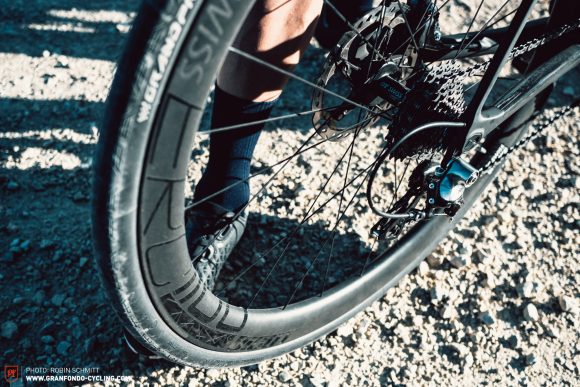

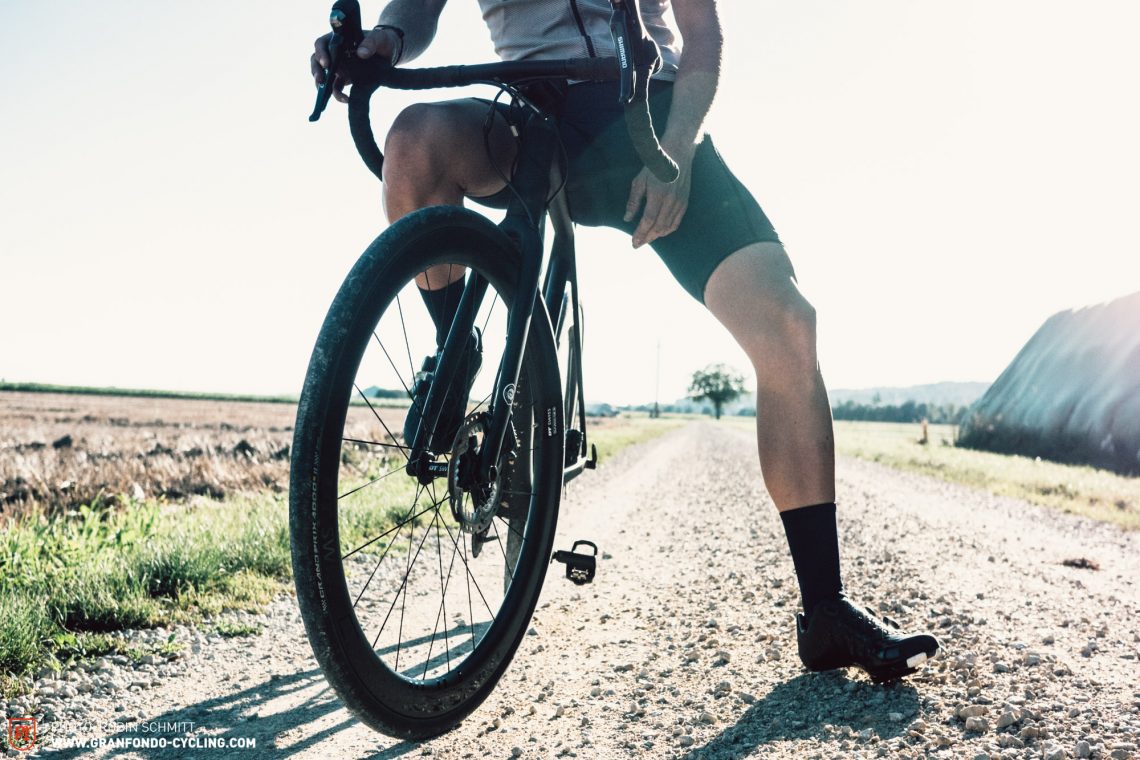
How much time can aero really save?
Given the storm around the topics of Road+ and Aero, surely it makes sense to create something that unites the best elements of both? Exactly, which is why DT Swiss haven’t just launched a new wheelset – but a new approach, a concept, a category, whatever you want to call it: Aero+. Designed to elevate any long-distance riding experience to the next level, the team from DT Swiss claim to have eliminated the need to switch your wheels depending on your ride, and even go as far to claim that they’ve reinvented wheels. They’ve defined their Aero+ concept neatly in three ‘pillars’: drag, handling and efficiency. So the wheels haven’t just been meticulously crafted to minimize effects from the wind, but also to ensure that the rider constantly feels comfortable and in control.
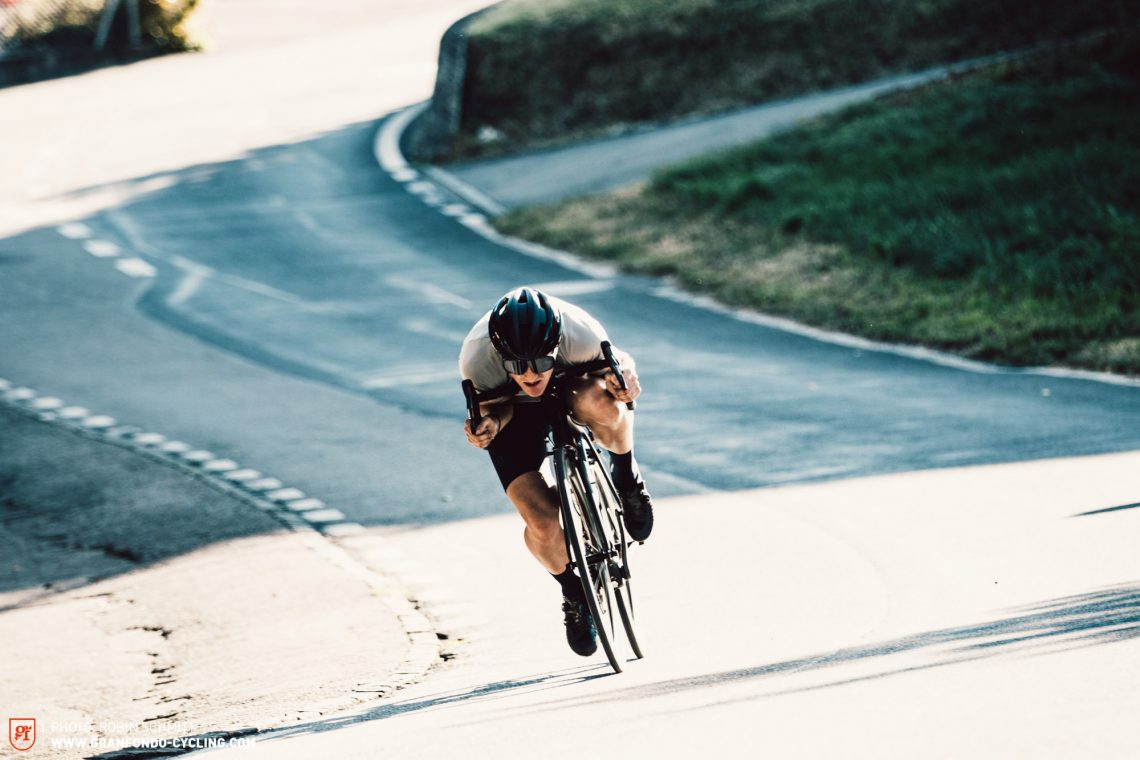
Hence their oft-repeated slogan: ‘Stay in control, stay aero.’ As a rider, you’ll only be able to retain that stretched-out, aero position if you’re comfortable. But then DT Swiss take it a step further: designed to not only eliminate unpredictable side-wind effects, the DT SWISS ERC 1100 DICUT transforms that energy into speed – using the ‘sailing effect’ to essentially align the slipstream. In the minds of the Swiss engineers, this effect, plus the increased grip from the wider tires, creates a sense of efficiency, stability and predictability. Swiss Side – who shared their expertise with DT Swiss in the development of these wheels – sweep away any doubts about their complex alchemy when it comes to drag efficiency and aerodynamic optimization with this answer: over a 180 km route with 1,200 metres of climbing, an amateur can save a full 20 minutes.
What’s special about the DT Swiss ERC 1100 DICUT?
Every single part of the wheelset has been constructed to minimize drag. DT Swiss hauled in reinforcements for their development, relying on expertise from Jean-Paul Ballard (the co-founder of Swiss Swiss and former head engineer at the Sauber F1 team), borrowing know-how from the world’s most technologically advanced motorsport.
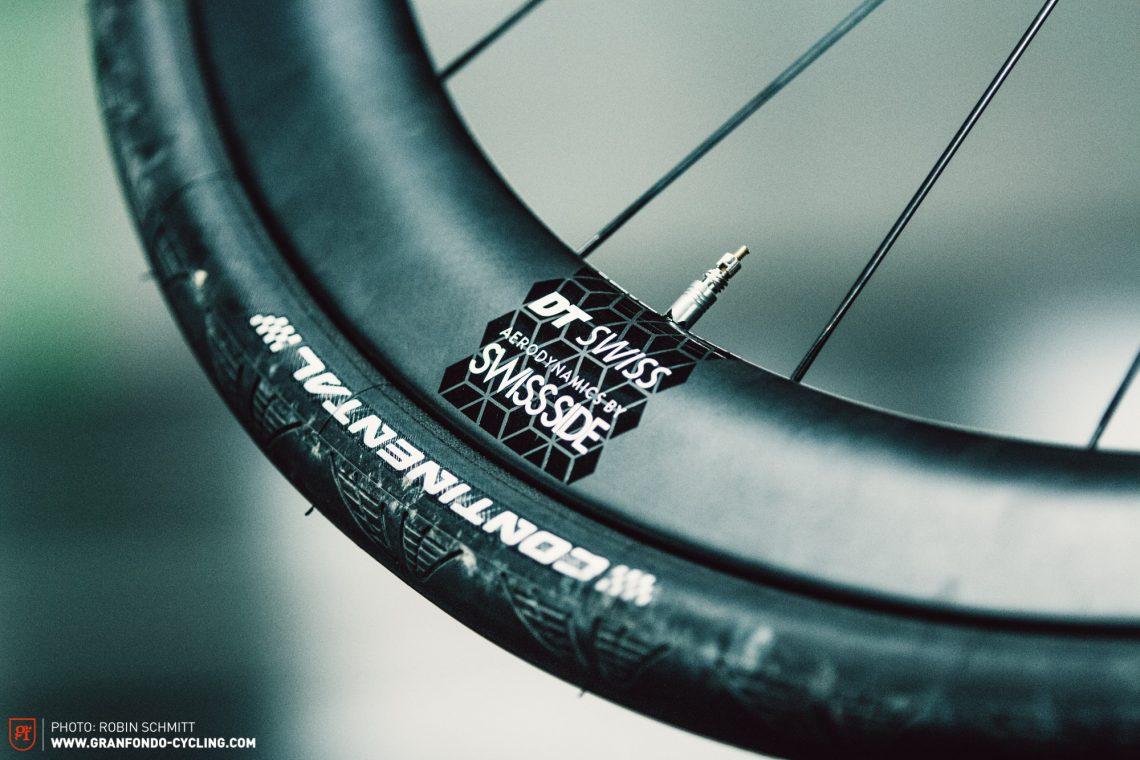
The rims
During the lengthy aero deliberations, the rims were considered as a unit with the tires. And according to DT Swiss, the best tire-rim combination depends on your speed: below 35 km/h, then 28 mm tires are better; above that speed, then use 25 mm. Their wide inner rim width of 19 mm has been chosen for its aerodynamic gains and positive influence on rolling resistance for supporting both tire dimensions.

The spokes
The Swiss have long been heralded for their bladed spokes, but when it came to the DICUT even they questioned their own expertise: this latest generation of their spokes employs partly bladed and partly round spokes, thereby getting the comfort from the elasticity of the round butted spokes near the hub, and the ability to cut through wind from the flat bladed ones on the outside of the wheel where the aero properties are most important.
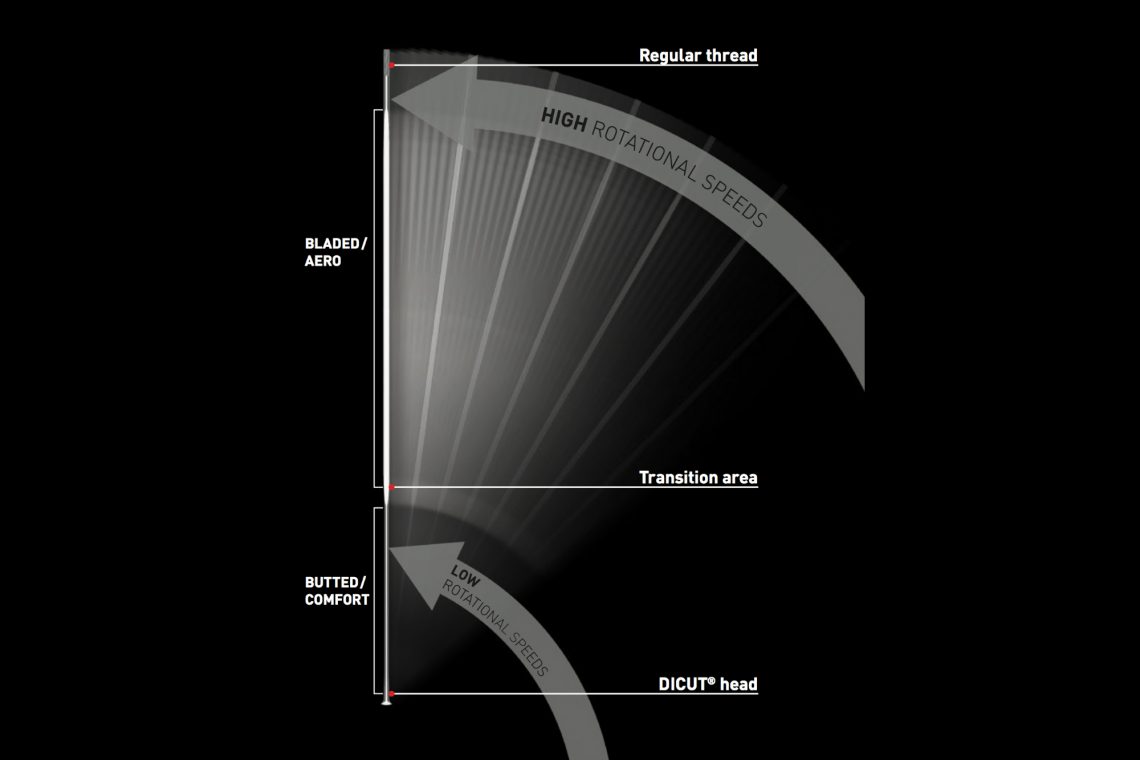
The hubs
Throughout the R&D process, one key objective was to minimize the impact of the hub, as it’s responsible for 15% of the total wheel drag. Consequently, they’ve got its design down to a minimum, just enough to house its 12 mm thru-axle and precision SINC Ceramic bearings – size matters! The RWS axle system is robust and its thick axle diameter allows you to put some force into your clamping. Plus, you can ride the wheels with the lever in place, in your pocket (or even at home) – and it isn’t just an aesthetic win either; no lever results in 5.5% less drag on the roads.
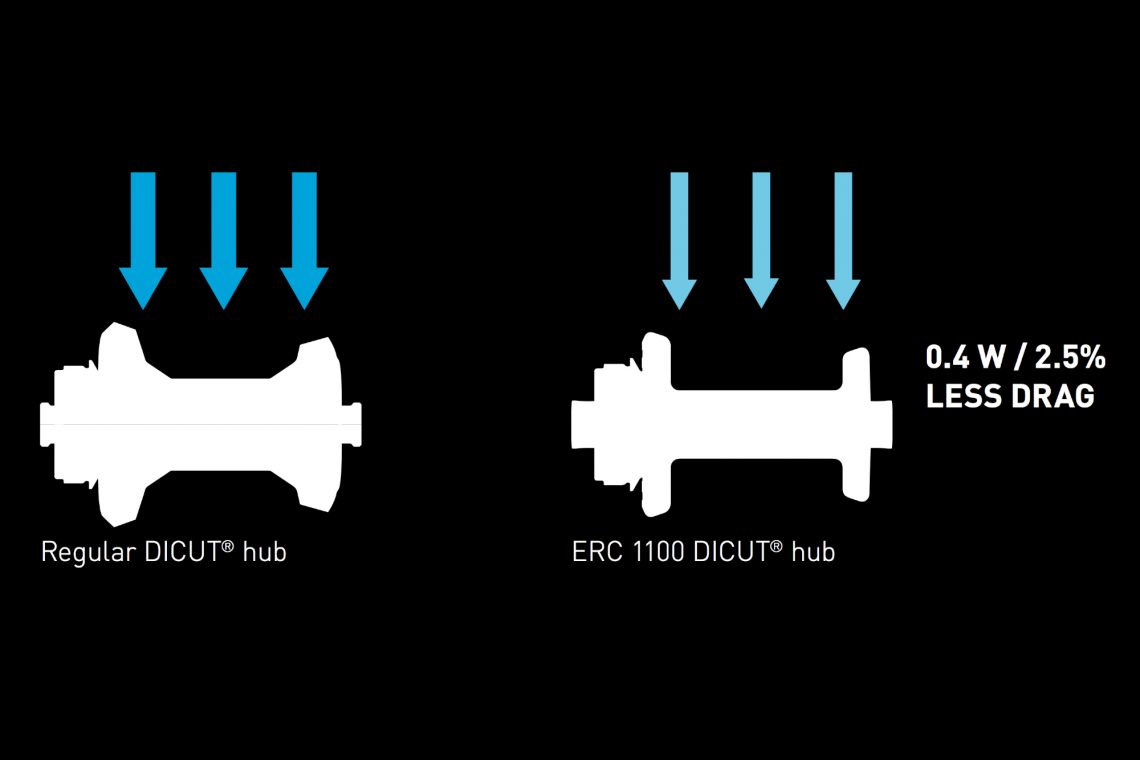
Five things you (probably) didn’t know about aerodynamics
1. The rider is responsible for 75 % of the drag, while the bike creates 25 % (with the wheels making up for just 8%).
2. Comfort is central for a successful aero position; the comfier the rider, the better the position. As a rule of thumb: the more upright your upper body by 1 mm = 1 W more air resistance.
3. Over the same ride distance an amateur gleans more benefits from an aerodynamically optimised bike than a pro.
4. Aerodynamics is more important than weight. All of the riding resistance that riders face can be split like this: 69% aerodynamic drag, 16% weight and 15% rolling resistance (at 45 km/h). Aerodynamic drag becomes the biggest hurdle even when you’re riding at 15 km/h.
5. Wider tires make sense even on an aerodynamically optimize wheels thanks to less rolling resistance, and therefore better efficiency. (trust them, it pays off).

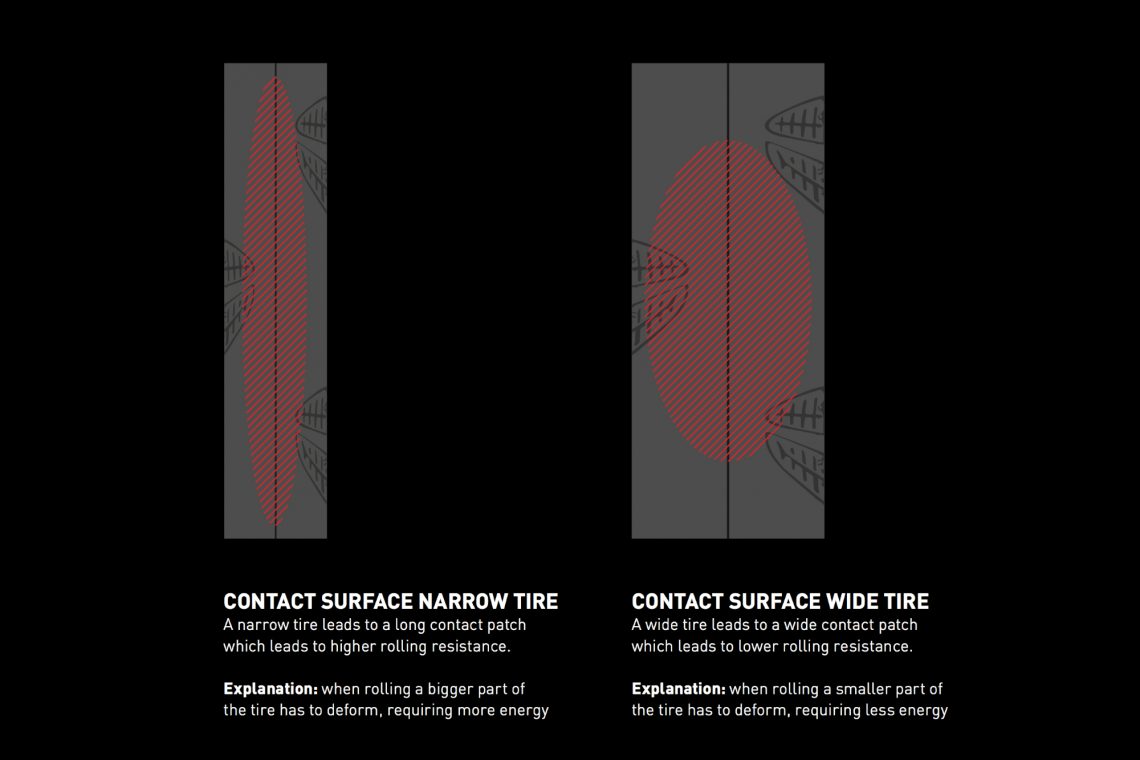
On and off the roads
It’s November when we’re summoned to test the wheels in Biel. The weather is usually not in your favour in this period, and it stayed true to tradition with thick mist, deep puddles and chilly temperatures. Could this actually be the ideal conditions for a long-distance ride with the brand? Yes, we’re assured, it’s exactly the right scenario to put their endurance wheelset through the wringer. After all, they’re designed to reach your goal regardless of what lies ahead (or below, if you’re talking semantics).
Fortunately the early mist lifted and we rolled out alongside the lake in something that resembled sunshine. The first 40 km flew by as we sped along smooth tarmac. We were riding BMC Road Machines with the brand new DT SWISS ERC 1100 DICUT on 25 mm tires at 6 bar pressure. Even after just 8km, the initial ‘let’s just cruise along’ had already escalated into a Belgian/Swiss tourniquet. The ceramic bearings were noticeable, allowing you could some respite by freewheeling as you sheltered from the wind behind other riders, before facing it again. As the ride went on, it wasn’t the metallic taste of blood from the effort that got us talking but the confidence of how well the wheels tracked. There were no moments where we felt we’d be taking the group into the gutter, and carving turns on these wheels put a smile on our faces, letting us cast our gaze over the landscape and indulge in the satisfying hum of the carbon rims. It almost seemed like the driver of the support car had unwittingly caught some of our excitement as he rolled dangerously close to a stone wall, and we heard him say: ‘so long wing-mirror, hello laughter!’
At the mid-point we’re given hot tea and a change of wheels. The cassette and brakes stay the same, but now we’ve got 28 mm tires with 5.5 bar pressure. This is where the tarmac ends, we’re told. As the group gets going there’s palpable curiosity about the performance of these carbon rims and slick tires on what lies ahead. Leaving the tarmac behind, the road surface changed into a churned-up paste. Hitting more gravel, the group thinned as we rode in single file. Dirt flung up into our faces, making us feel like this was our own Swiss Paris-Roubaix in November. On the fragments of tarmac that linked the gravel sections we could reconvene, catch our breath and wax lyrical over the DT SWISS ERC 1100 DICUT. We were unanimous: ‘They feel like so much more.’ Screaming ‘shut up legs’, we all rode with confidence into the waiting section of gravel. The wheels’ comfort was a valued gift, and the tire’s grip made us happy to push on.
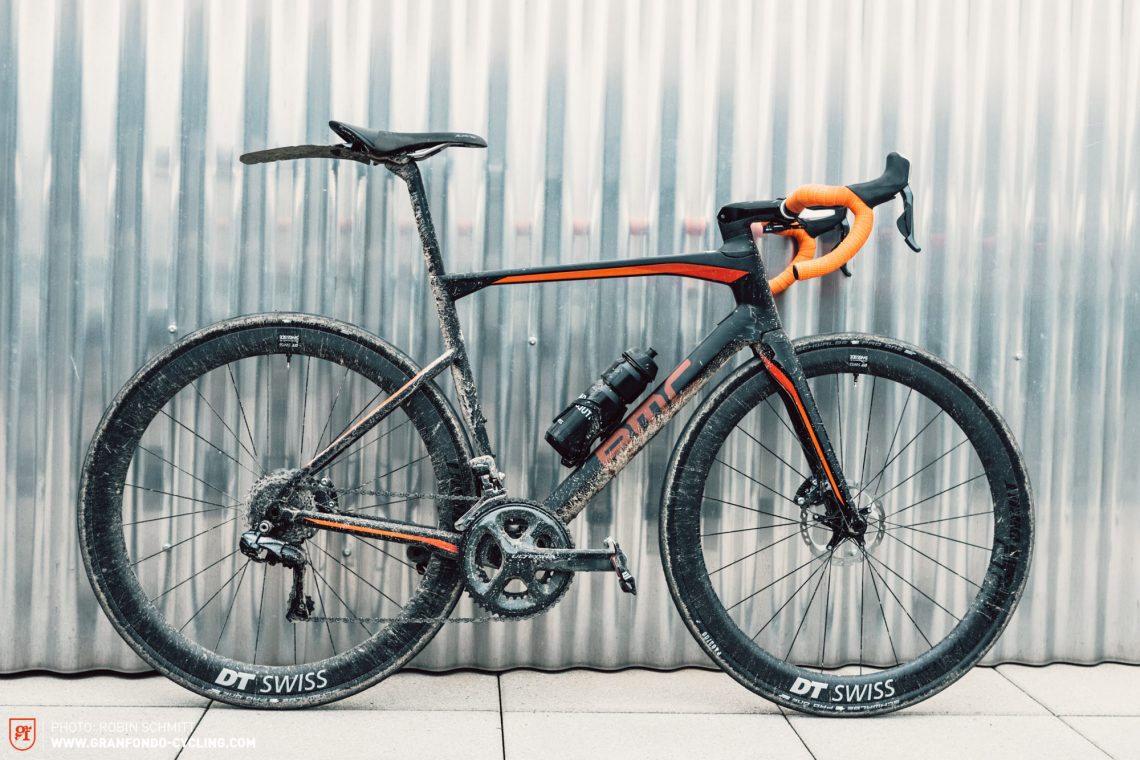
Back at the DT Swiss HQ, we wiped the dirt from our faces. The final section had been smooth tarmac, and the 28 mm tires had ridden with precision and a distinct lack of wallowiness (as could have been expected). Clearly their research into wider rim widths hadn’t been wasted, we concluded. At high speeds they’d tracked with precision around corners, which deserved applause. The day ended with some long-awaited and much hankered-after Swiss cheese – a pleasure for the palate, but testing for some noses, exactly our kind of thing! #longdaysout
The DT SWISS ERC 1100 DICUT in detail
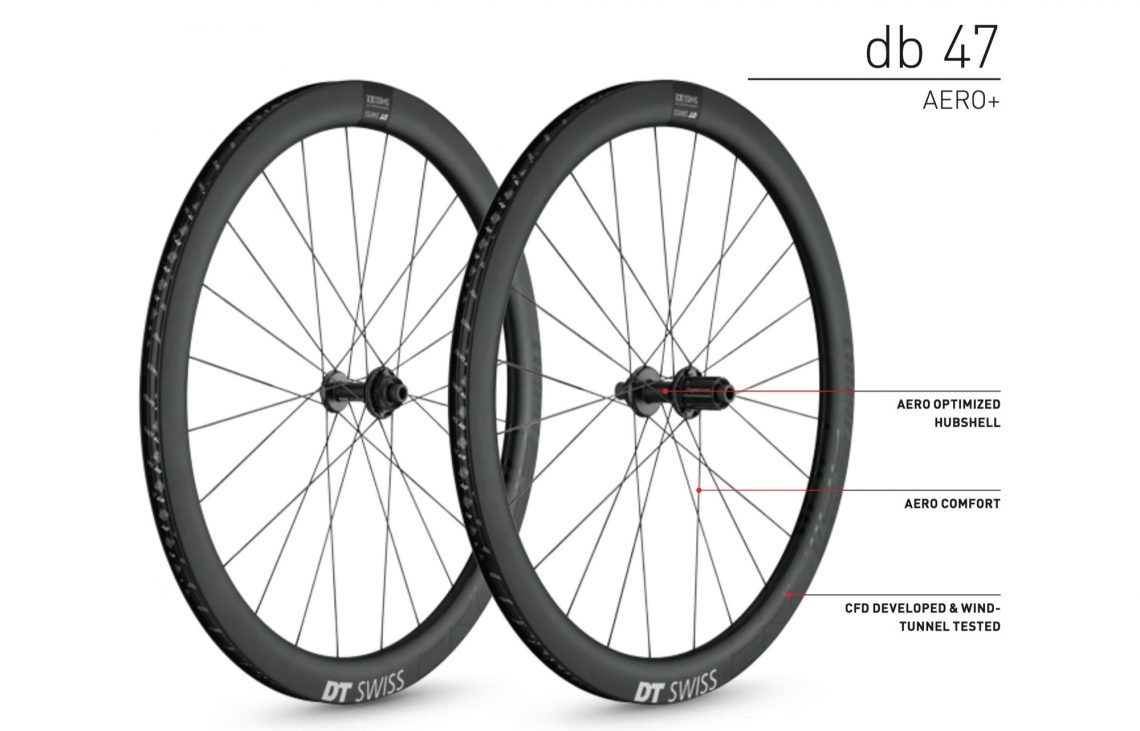
Front wheel 12/100 mm TA
Rear wheel 12/142 mm TA, Shimano 11 Speed, SRAM XD optional
Hub Dicut Aero DB, 36 Zahn Ratchet-System, Sinc Ceramic
Bearings
Brake interface Center Lock
Rim Endurance Carbon Clincher, UD Finish, tubeless ready
Rim dimension 622 x 19 mm
Spokes DT Aerolite ⅔ und DT Aero Comp ⅔, T-head, black
Nipples DT Pro Lock Aluminium
Lacing 24 x 2-fach gekreuzt
Max. system weight 120 kg
Weight (w.o. quick release) Front 710 g / Rear 820 g
Price € 2,418
Availability March 2017
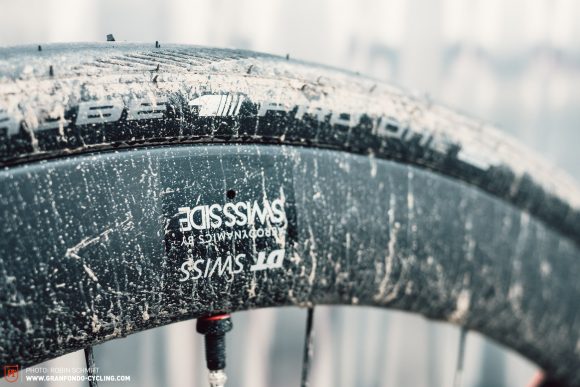
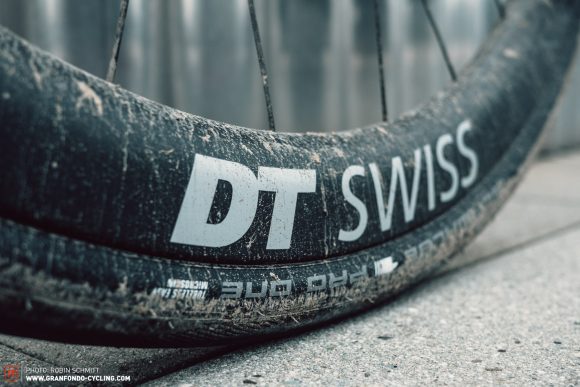
Conclusion
There’s one thing that we can attest: the DT SWISS ERC 1100 DICUT do have the potential to become the endurance wheelset of our time. Quick enough to push speeds above and beyond 40 km/h on the flat; light enough to grind their way over mountain passes; and stable enough to stray from tarmac. We haven’t tested their longevity yet, so the question of whether they’ll come out unscathed from 10,000 km remains unanswered. But their potential is vast and we reckon they’ll still be rolling well after 20,000 km. If you want us to pinpoint a weakness, that’d have to be the support car’s flimsy mirror.
For more information head to dtswiss.com
Did you enjoy this article? If so, we would be stoked if you decide to support us with a monthly contribution. By becoming a supporter of GRAN FONDO, you will help secure a sustainable future for high-quality cycling journalism. Click here to learn more.
Words: Photos: Robin Schmitt


